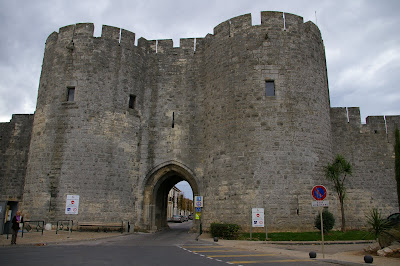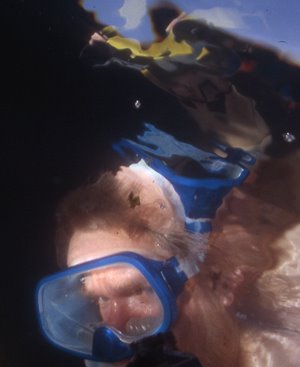Not Thinking in Years
Anyway, you won't be seeing any of that here. Not because I'm any less lazy than any other blogger, but because I don't think in years.
I don't think in months or weeks, either. I've pretty much got a handle on days, except for days of the week, which are always a little vague.
It's probably because of my job. If you're at home writing, one day is more or less like the next. And because I write every day, pretty much, there's no distinction between weekends and weekdays. (Except on weekends, Kathy's here a lot more often.) What was Wednesday? It was the day I stayed home and wrote. Tuesday? Stayed home and wrote. Sunday? Same thing.
I've been doing this for thirty years. What was 1990? The year I stayed home and wrote. (And what was I writing in 1990? I dunno. Something. I hope it was good.)
Some years are memorable enough that I'll very likely keep them sorted out in my memory. 2009? The Year I Went to Turkey and France. 2005? The Year I Went into the Hospital, Twice. 2000? The Year I Was Invited to be Guest of Honor at a Convention in a Foreign Country, Then Got Stuck with the Bill.
I am sufficiently firm in my habits that I can indulge in one of those other predictable end-of-the-year rituals: making prognostications for the years to come.
2010? The year I stay home and write.
2020? Stay home and write.
2030? Stay home and write.
2040? Stay home and write.
Unless of course I'm too old and senile to work any longer, in which case it will be the year I stayed home and drooled.
And yourselves? Any other predictions out there?
Labels: new year, predictions








